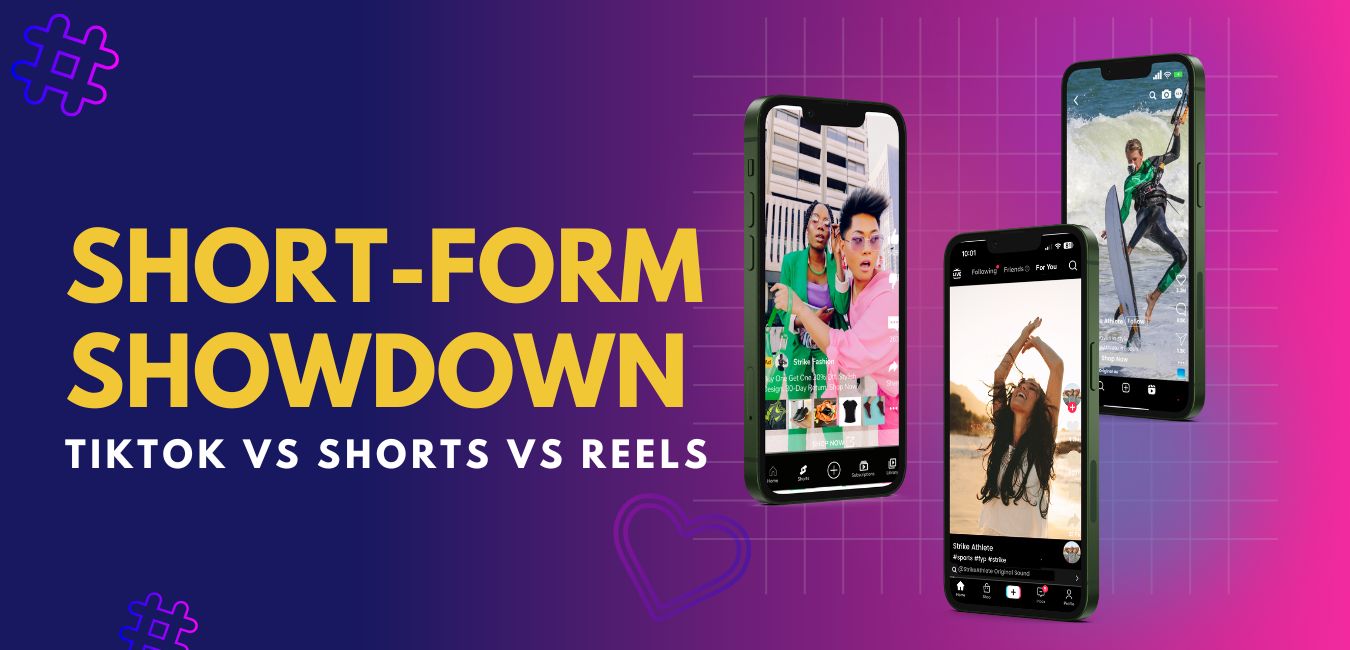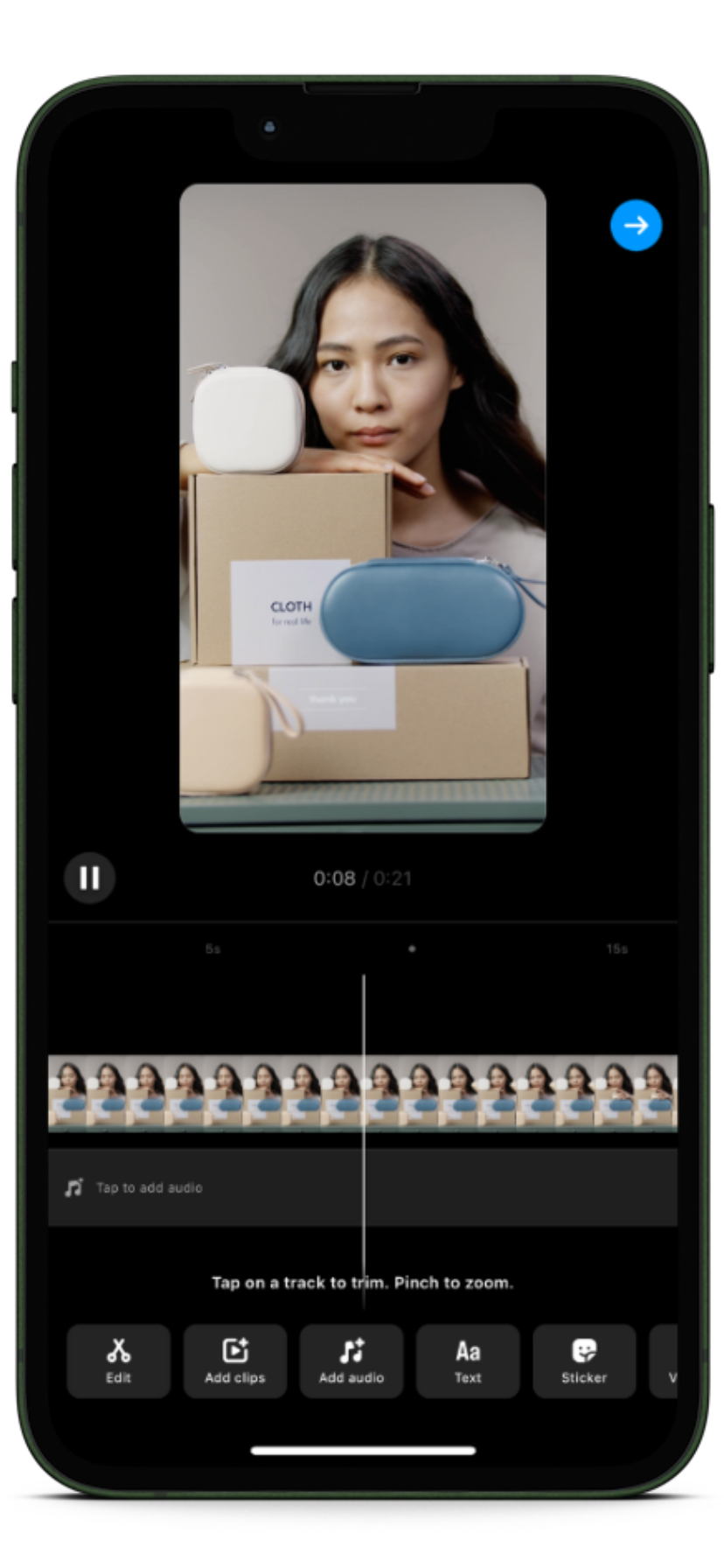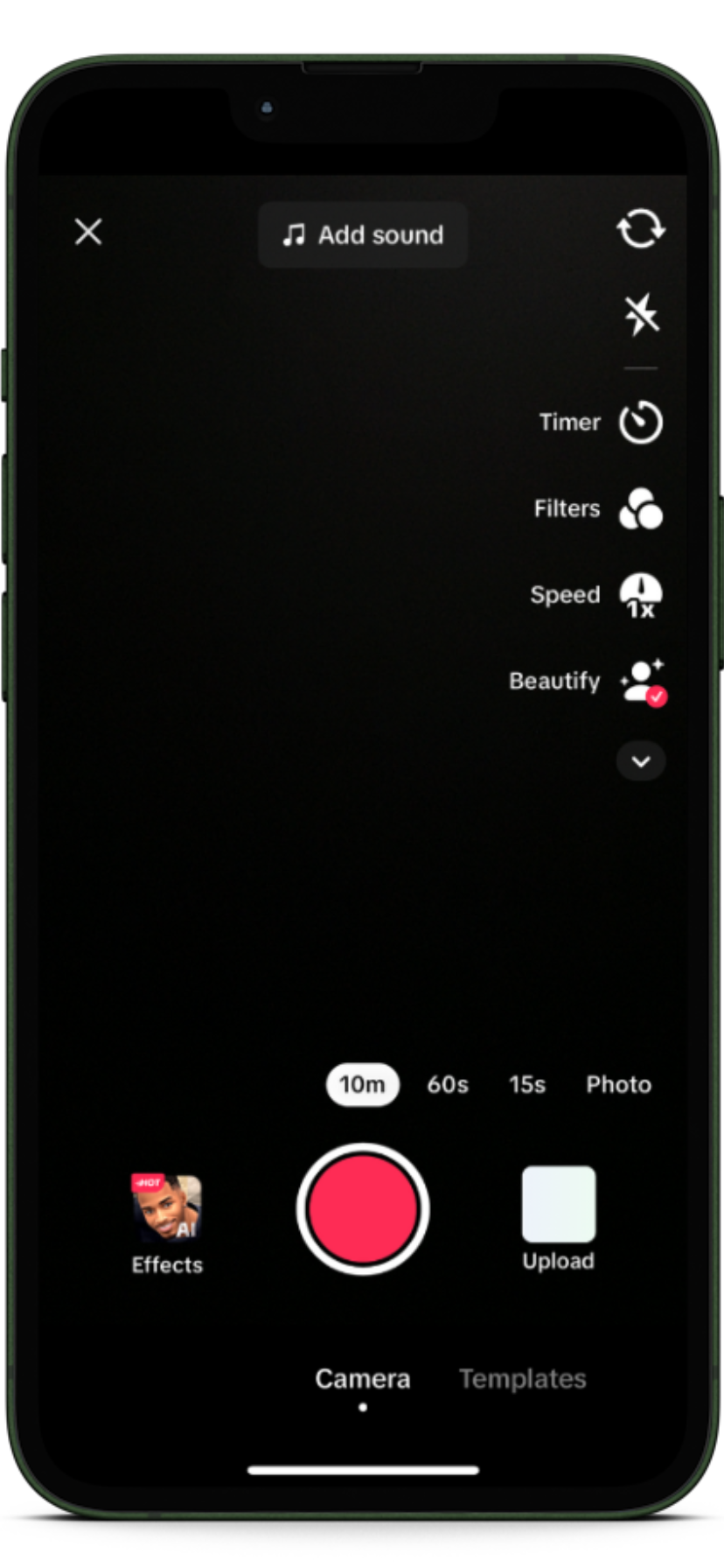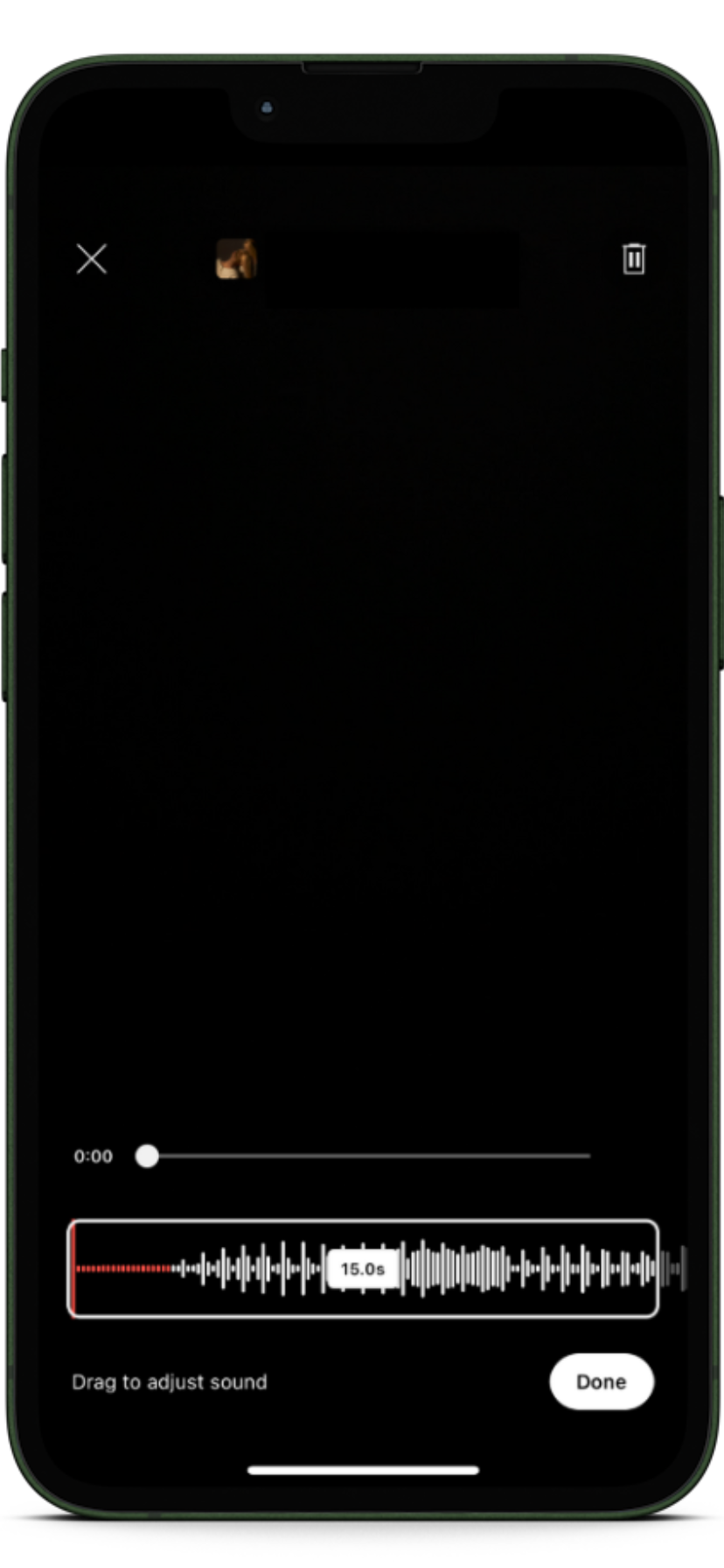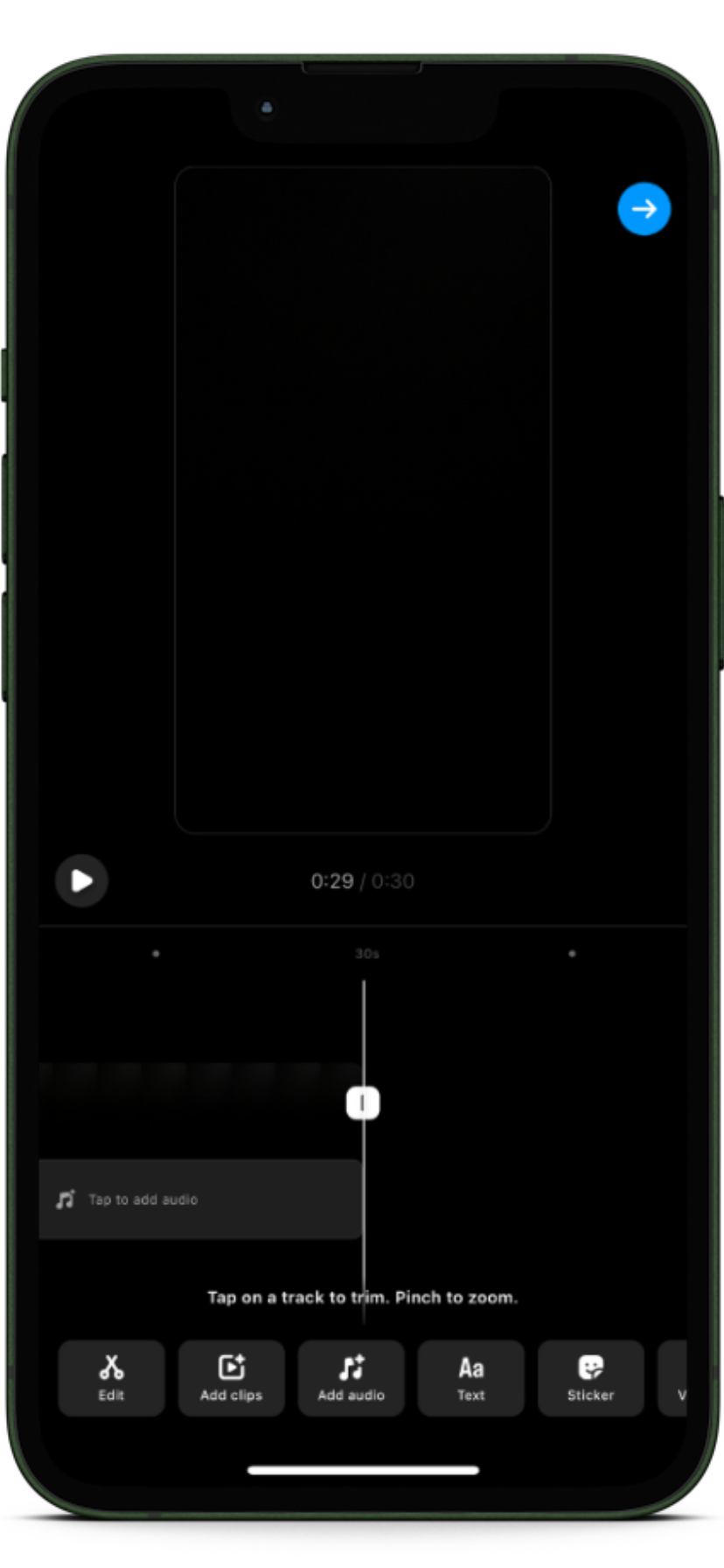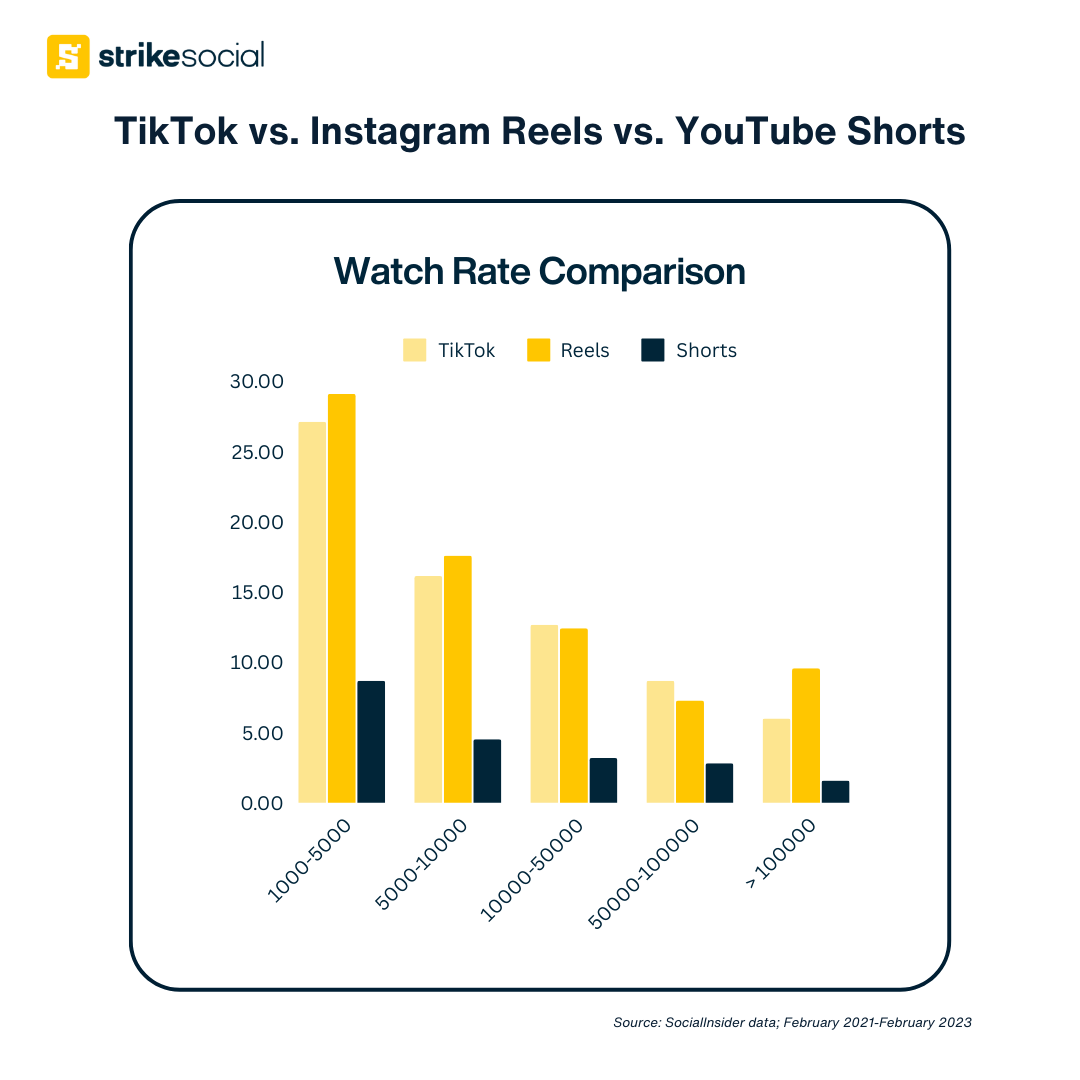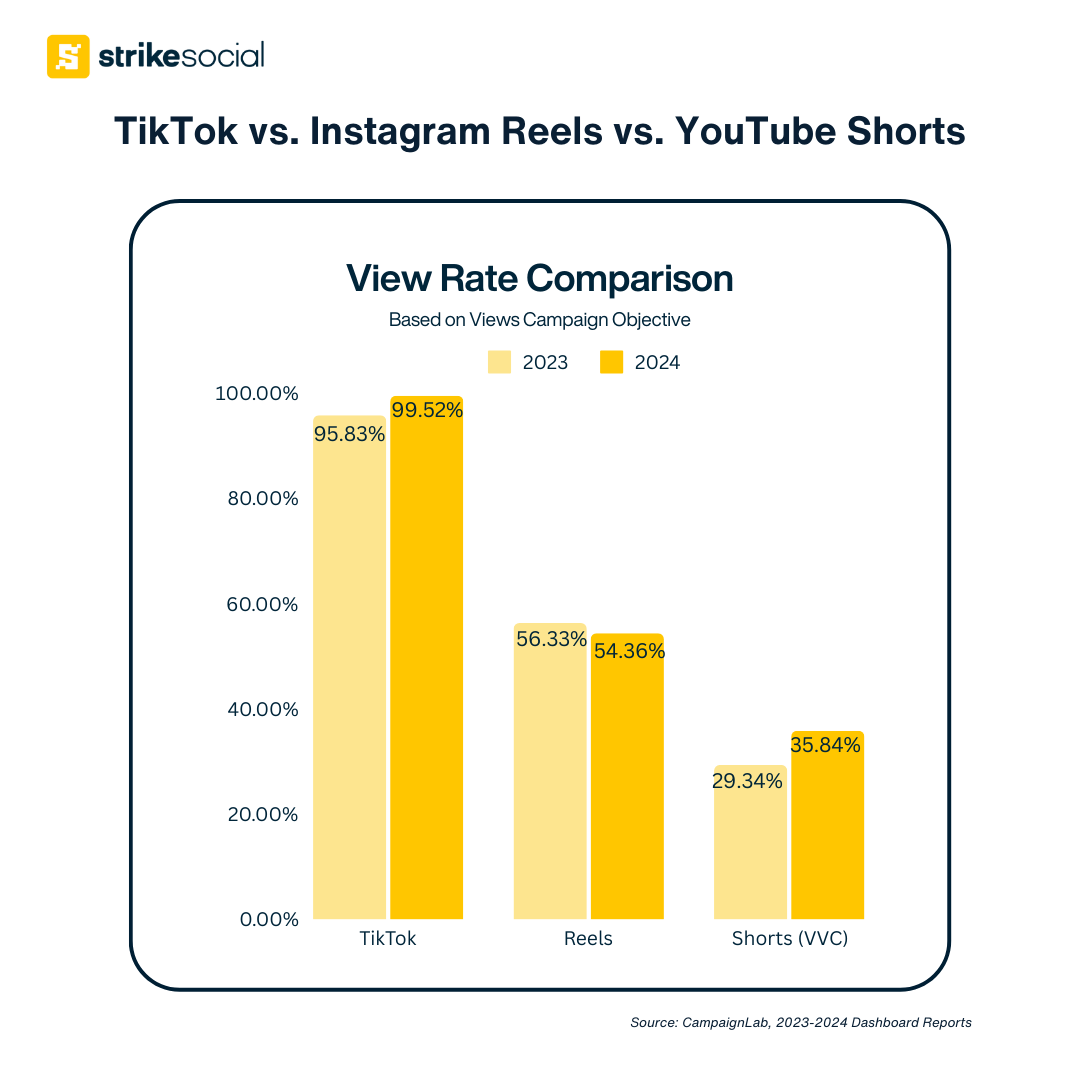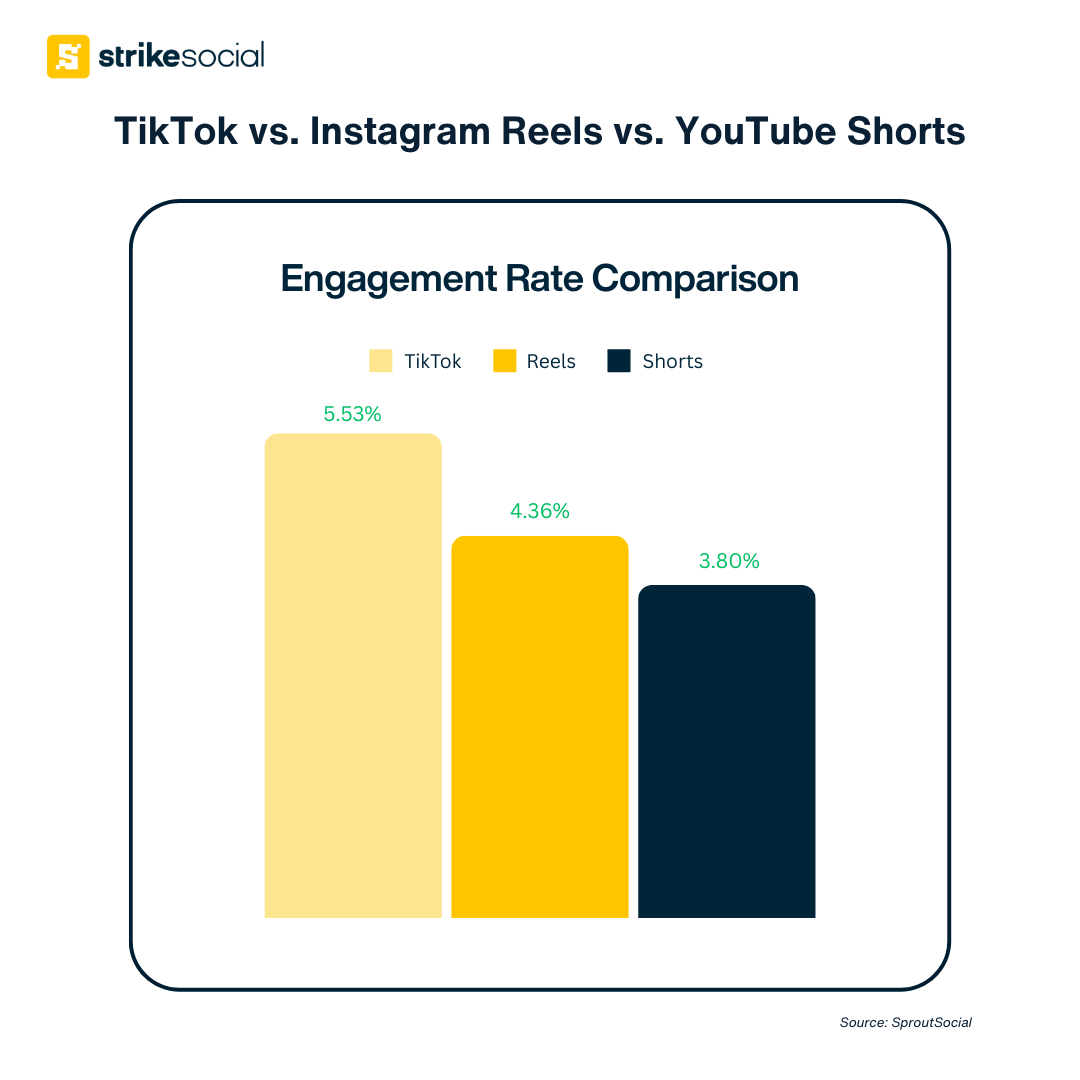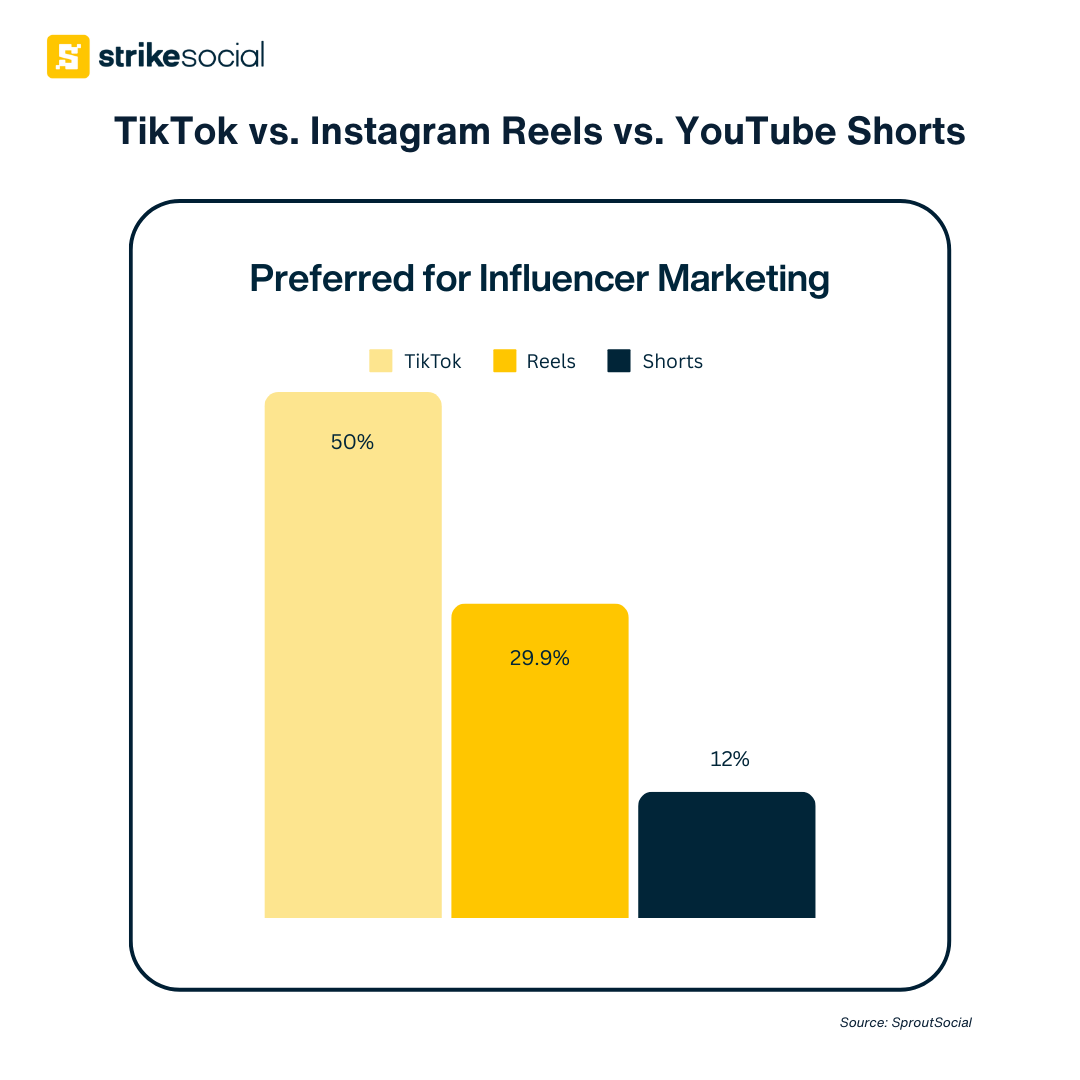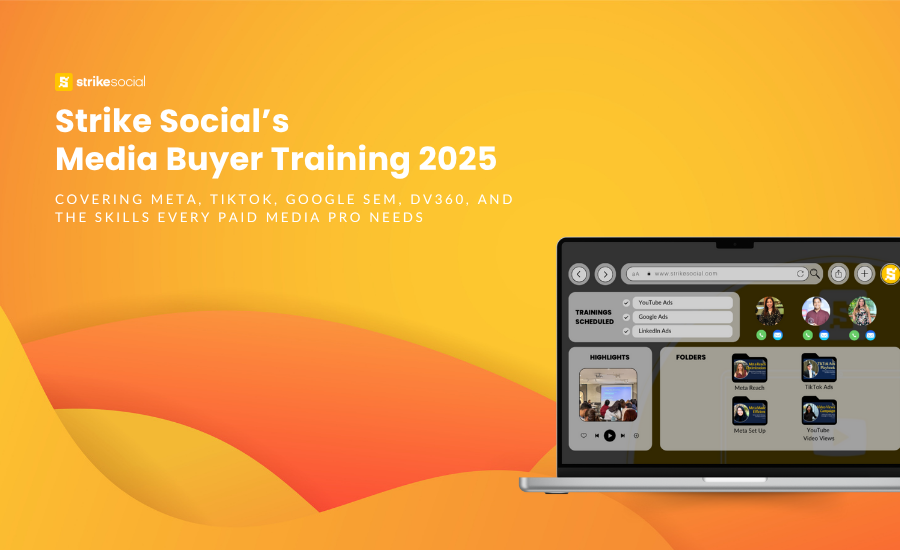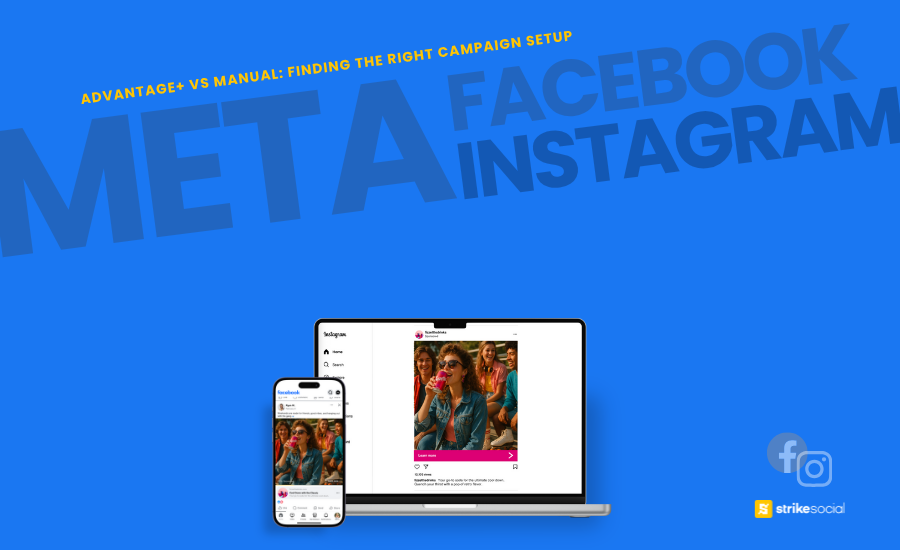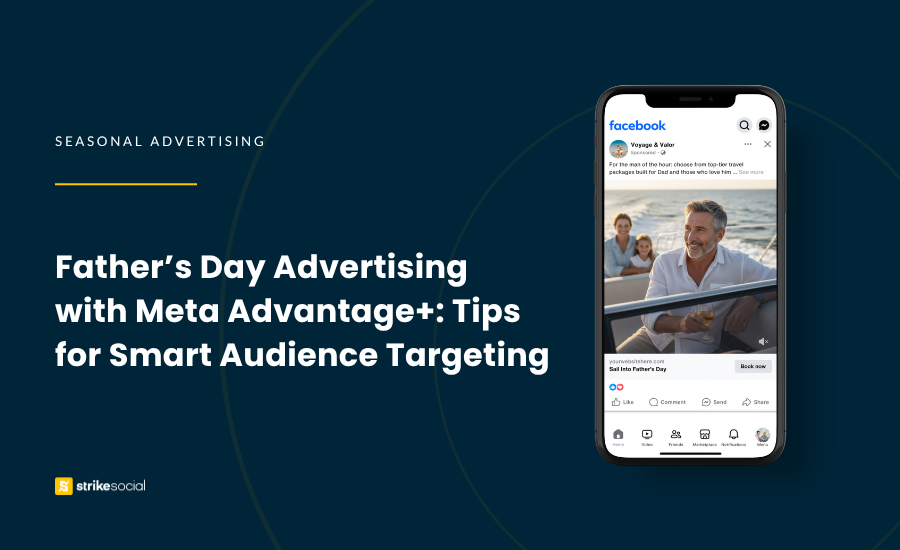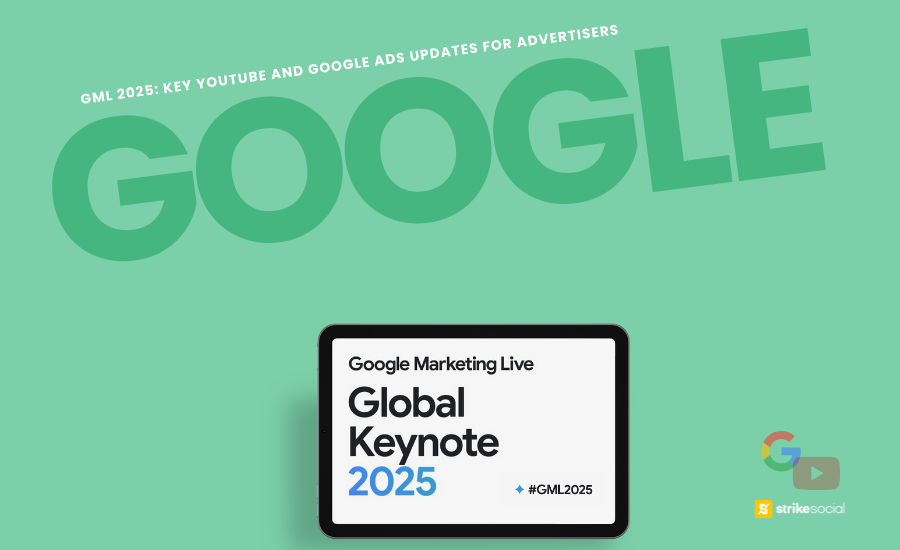- The Future of Ads: TikTok, YouTube Shorts, and Reels
- In a Nutshell: Comparing TikTok, YouTube Shorts, and ReelsÂ
- Snackable videos: Who started the short-form trend?Â
- How Short-Form Video Advertising Became So Popular Very Quickly
- By The Numbers: Strikeâs Case Study
- Continued Appeal of Short-Form Content in 2024
- What Should You Use: TikTok vs. YouTube Shorts vs. Reels?
The battle for dominance in the short-form video content space is currently being fought among three major platforms: TikTok, YouTube Shorts, and Reels. Although TikTok got the ball rolling, Instagram and YouTube quickly entered the fray with their versions.
Advertisers should carefully consider which platform offers the most benefits for their budget and campaign goals.
The Future of Ads: TikTok, YouTube Shorts, and Reels
Short-form videos, such as those on TikTok, Shorts, and Reels, highlight the potential of this medium for advertisers, with over 50% of marketers already using short-form videos in their social media strategy. In comparison, 87% of businesses have reached new audiences through snackable videos. Therefore, it’s essential to understand the strengths and weaknesses of each platform.
At Strike, we compare and contrast the three major short-form video platforms- TikTok, Shorts, and Reels. We aim to help brands choose the most suitable one for their budget and campaign objectives. With our expertise, your brand’s short-form video ads will stand out and connect with your target audience, maximizing your ROI.
In a Nutshell: Comparing TikTok, YouTube Shorts, and Reels
Each platform offers unique features, including a broad user base and the ability to reach a larger audience. However, selecting the right platform for advertising can be challenging because each has different characteristics; the table below compares them.
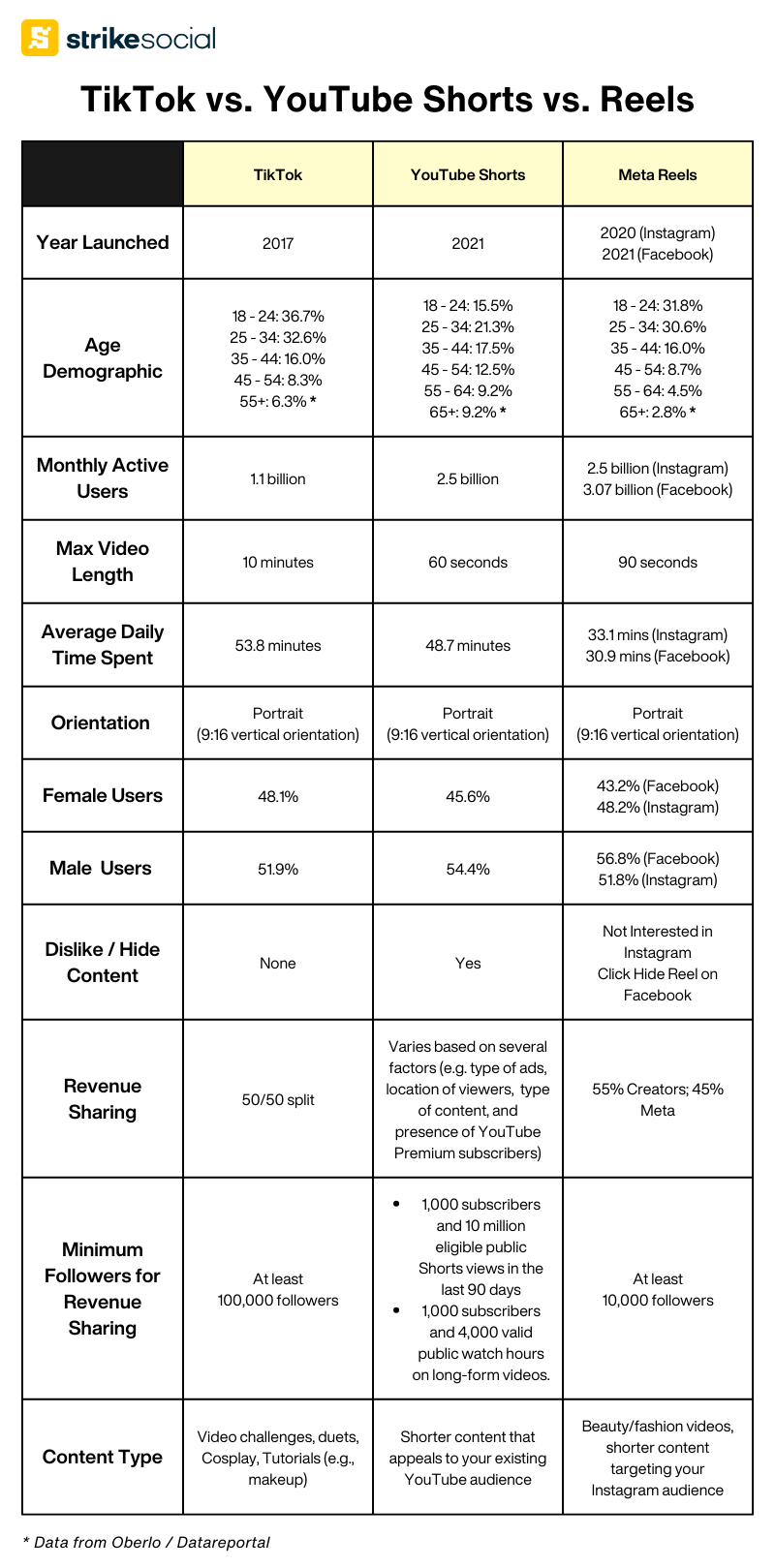
Snackable videos: Who started the short-form trend?
TikTok’s massive success has answered the market’s call for bite-sized videos and firmly established it as a top and fast-growing social media platform. The app’s popularity soared after the discontinuation of Vine, and it has continued to maintain its fan base despite updates and modifications.
However, the app’s success has not gone unnoticed by competitors. In response to the trend towards short-form video content, Meta introduced Reels on Instagram and Facebook, enabling users to upload videos up to 60 seconds long on these platforms. This feature mirrors TikTok’s influence and reflects Meta’s desire to meet the growing demand for shareable and easily digestible content. YouTube has also joined the trend by launching its version of short-form video, YouTube Shorts.
TikTok’s contribution to the rise of short-form video content cannot be overstated. Its success has influenced competitors to incorporate similar features, creating a flow of shareable and engaging content for social media users. The trend toward short-form videos will likely continue, and brands and advertisers should pay attention to this trend to create more compelling and relevant content for their audiences.
How Short-Form Video Advertising Became So Popular Very Quickly
While TikTok’s success cannot be ignored, the entry of YouTube Shorts and Meta Reels into the short-form video content arena has introduced potential shifts in the dynamics of this industry. With their vast user base, these platforms have a significant opportunity to capture a substantial share of the market, which could potentially impact the dominance of TikTok.
Swipe, Scroll, Repeat: How Short-Form Algorithm Works
TikTok, Instagram, and YouTube Shorts are popular social media platforms for creating and sharing short-form videos. Each platform has a unique algorithm that recommends personalized content based on the user’s interests and behavior.
According to Eugene Wei, former Amazon and Oculus product exec, TikTok’s algorithm is designed to show personalized content to its users. Furthermore, TikTok’s fast-paced videos and tight feedback loop have contributed to its popularity and frequent sharing on other platforms, highlighting its powerful video editing tool.
YouTube Shorts’ recommendation algorithm, as explained by Pierce Velluci, YouTube’s Product Manager, matches uploaded Shorts with viewers’ profiles based on their watch history and engagement with accounts. Even new channels with low engagement can succeed if their Shorts are similar to successful content and gain engagement through views, likes, and comments. Building engagement is essential for Shorts to go viral.
On the other hand, Instagram has updated its algorithm to operate differently across its various segments. Hootsuite’s report notes that the Feed, Explore, and Reels sections’ algorithm is unique and based on how users interact with them. For example, the Explore page is where users find new content while viewing Stories from their closest friends.
According to Eugene Wei, former Amazon and Oculus product executive, TikTok’s algorithm is designed to show personalized content to its users. Furthermore, TikTok’s fast-paced videos and tight feedback loop have contributed to its popularity and frequent sharing on other platforms, highlighting its powerful video editing tool.
The algorithms of these three social media platforms vary in how they recommend personalized content to their users. Brands and content creators must understand these algorithms to optimize content and target specific audiences effectively.
Like a Pro: Editing Tools
YouTube Shorts is at a disadvantage compared to TikTok and Instagram Reels due to the lack of a wide selection of special effects creators can use to enhance their videos. TikTok and Instagram Reels provide creators with various augmented reality (AR) options, green-screen features, and tools such as Duet/Remix, which enable them to add excitement and creativity to their video content. Additionally, these platforms offer a range of engagement tools such as stickers, polls, shout-outs, and hashtags to boost user engagement.
While YouTube Shorts is catching up by adding several TikTok-like features such as Voiceovers, Comment Stickers, Green screens, and Remix, it still lacks the breadth of options available on the other platforms. To empower creators, Bytedance, the parent company of TikTok, has further strengthened its ecosystem by owning the video editing tool CapCut. This tool makes it easier for creators to upload videos directly to the app and create, edit, and upload videos seamlessly, offering a one-stop shop for creators.
Trading Video Lengths: TikTok Stretches Out, While YouTube and Reels Shorten Up
As a leading platform for long-form video content, YouTube has recently shifted its attention towards Shorts, recognizing its potential as a crucial platform feature. The vertical video feed has become a significant factor in enabling over 50 billion daily views on the app. However, YouTube is not the only platform looking to expand its offerings to other spaces. According to Tom Alison, Head of Facebook, Reels are getting more than 140 billion views daily.
TikTok is testing and launching several new features to increase its appeal to creators and expand into more YouTube territory. The features include video scrubbing thumbnails, full-screen, horizontal mode, increased character limits for video descriptions, and the ability to upload 10-minute-long videos. Its latest move introduced TikTok Series, allowing creators to upload videos for 20 minutes. By doing so, TikTok is making a solid case for creators to share longer-form video content.
To achieve sustainable revenue growth, TikTok might focus on longer-form video content that captures and retains viewer attention, thus enabling the platform to sell more advertising space.
TikTok vs. Shorts vs. Reels in Revenue Sharing with Content Creators
Social media platforms compete for content creators whose loyalty and engagement attract large audiences. The bidding war highlights how important these creators are to the success of platforms.
To keep up with its competitors, TikTok launched its Pulse Program and offered qualified creators a generous 50% revenue share. However, only the top 4% of daily performers can monetize their content.
On the other hand, YouTube Shorts announced a 45% ad revenue share based on the creators’ Shorts views. Under the YouTube Partner Program, creators with 1,000+ subscribers and 10M+ views in the past 90 days can now earn a share of the revenue from ads shown between Shorts videos. Aside from revenue sharing, YouTube also offers low-tier payments for micro creators.
To keep up with its competitors, YouTube Shorts announced a 45% ad revenue share based on the creators’ Shorts views. Under the YouTube Partner Program, creators with 1,000+ subscribers and 10M+ views in the past 90 days can now earn a share of the revenue from ads shown between Shorts videos. Aside from revenue sharing, YouTube also offers low-tier payments for micro creators.
TikTok, on the other hand, launched its Pulse Program and offered a generous 50% revenue share to qualified creators. However, only the top 4% of daily performers can monetize their content.
Additionally, Meta has Instagram Branded Content ads to simplify collaboration with influencers for businesses and creators. Currently, Meta is working on ad revenue share on Facebook and Instagram Reels as part of their focus this year.
Ultimately, the battle for content creators is crucial to winning the short-form video market. TikTok, YouTube Shorts, Instagram Reels, and Facebook are all competing for the top spot, and the platform that can attract and retain the most creators will emerge as the winner. As the popularity of short-form video continues to grow, businesses must adapt to this trend and integrate it into their social media marketing strategy to stay relevant and competitive.
By The Numbers: Strike’s Case Study
Strike recently launched three campaigns for a brand across multiple markets on paid social placements, including TikTok, YouTube Shorts, and Reels, to increase brand awareness and drive user acquisition. The results of the case study are outlined below. Values per metric are shown as % total of all three campaigns, except for CPV.
After analyzing the cost efficiency of different platforms, it was found that TikTok had delivered the most cost-effective option with a 60% and 73% lower cost per view (CPV) than YouTube and Instagram, respectively. Furthermore, TikTok’s CPV was 61% lower than its projected cost. Regarding views, TikTok contributed 30.61% of the total views while only utilizing 20.92% of the overall budget.
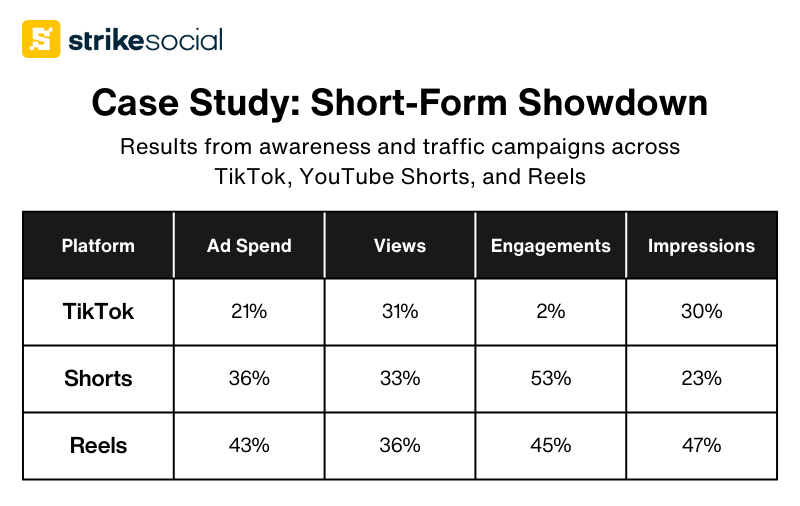
However, regarding engagement activity, YouTube and Instagram campaigns generated 98.73% of the total engagements, indicating relatively low results on TikTok during this campaign. It’s also important to note that the creative’s nature suits the YouTube Shorts community, resulting in over 215% higher engagement than its benchmark and contributing to 53% of the total engagements across all campaigns.
Overall, the campaign’s success relied on finding the right creative, placement, and targeting social media strategy for each platform. Each platform had its strengths and weaknesses, and Strike’s campaigns utilized these to achieve their goals.
Continued Appeal of Short-Form Content in 2024
Heading into 2024, paid social media advertisers prefer short-form content when marketing to audiences and prospects. Statistics indicate that despite an anticipated plateau in growth, 58.8% of US adults still predominantly engage with videos and reels on social media platforms over other forms of online engagement. Additionally, 44% of consumers express a preference for short-form videos as a means of discovering new products or services.
However, as short-form content maintains relevance, the question remains: which platform will emerge as the preferred choice for short-form advertising in 2024?
Reflecting on last year’s trends, Instagram Reels outshone both TikTok and YouTube Shorts regarding viewership rates. Reflecting on last year’s trends, Instagram Reels outshone both TikTok and YouTube Shorts regarding viewership rates. However, in assessing engagement rates and preferences among marketers, TikTok leads the pack:
As you plan your content calendars, the decision on which platform to utilize should be influenced by the target audience’s preferences, the nature of the content, and the desired outcomes. The potency of video advertising remains clear, offering a dynamic and engaging way to connect with audiences via short-form content.
What Should You Use: TikTok vs. YouTube Shorts vs. Reels?
TikTok has disrupted the social media landscape with its unique connectivity approach, making it more popular than its competitors. The algorithm creates an endless stream of videos based on user engagement, providing over 100 million monthly active users in the US with a personalized experience. TikTok’s growth and cultural impact have propelled it to global fame, influencing global trends and pop culture. While the platform faces geopolitical scrutiny, it remains a dominant player in the digital platform. It gradually expands into the long-form content territory, further strengthening its impact on society and daily life.
However, TikTok is facing some uncertainty in the US, particularly with state and government-owned or managed campuses and the future of ad campaigns. Therefore, some companies may explore alternatives like YouTube Shorts or Instagram Reels.
When choosing between these platforms, it’s essential to consider your target audience, budget, and marketing goals. TikTok has unparalleled popularity and cultural significance, while YouTube and Reels’ platforms offer wider audience reach and stability. Ultimately, the platform you choose should align with your business objectives, ensuring maximum return on investment and brand awareness.
Expand your expertise. Browse Strike Social’s blogs here:


